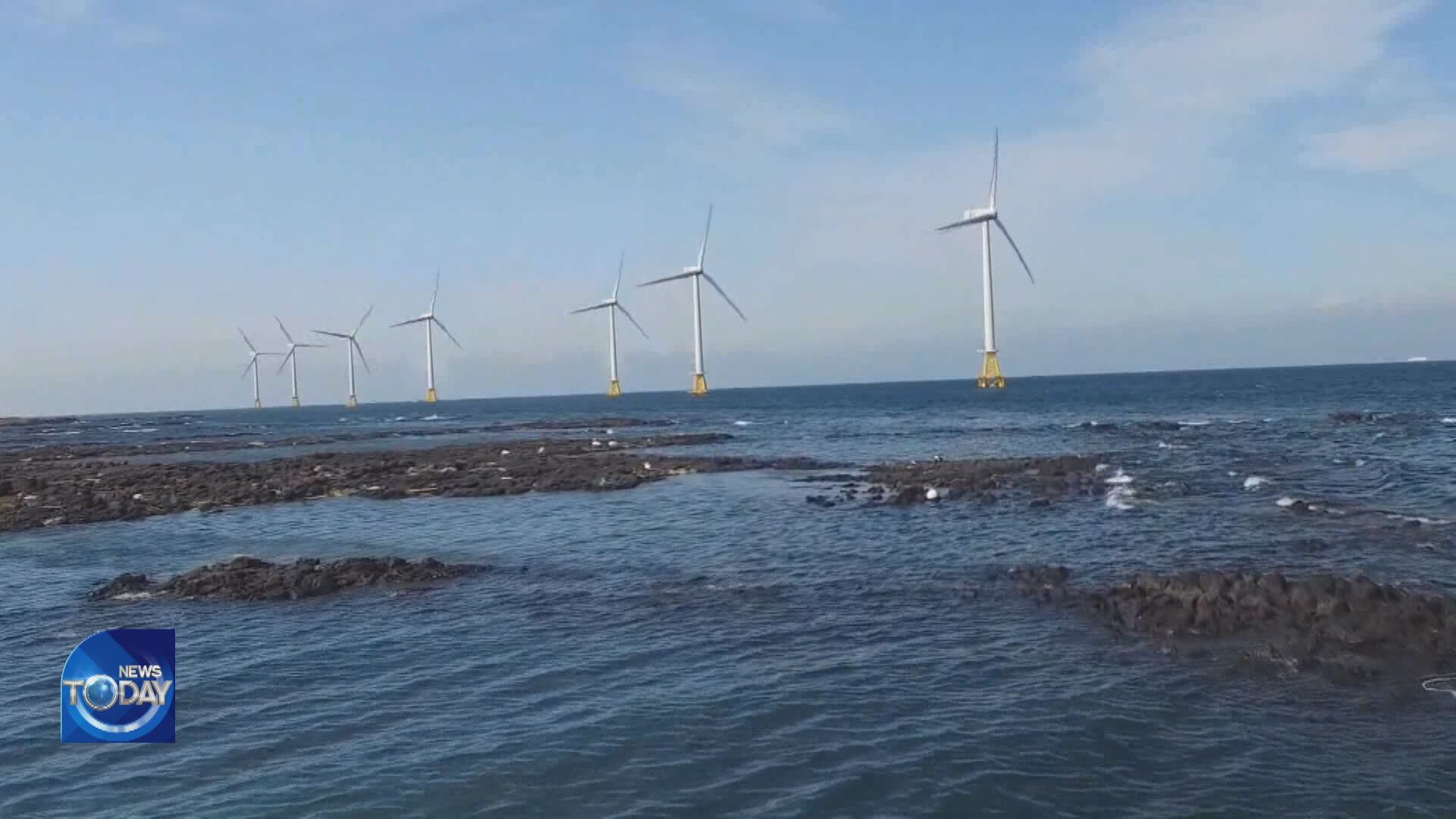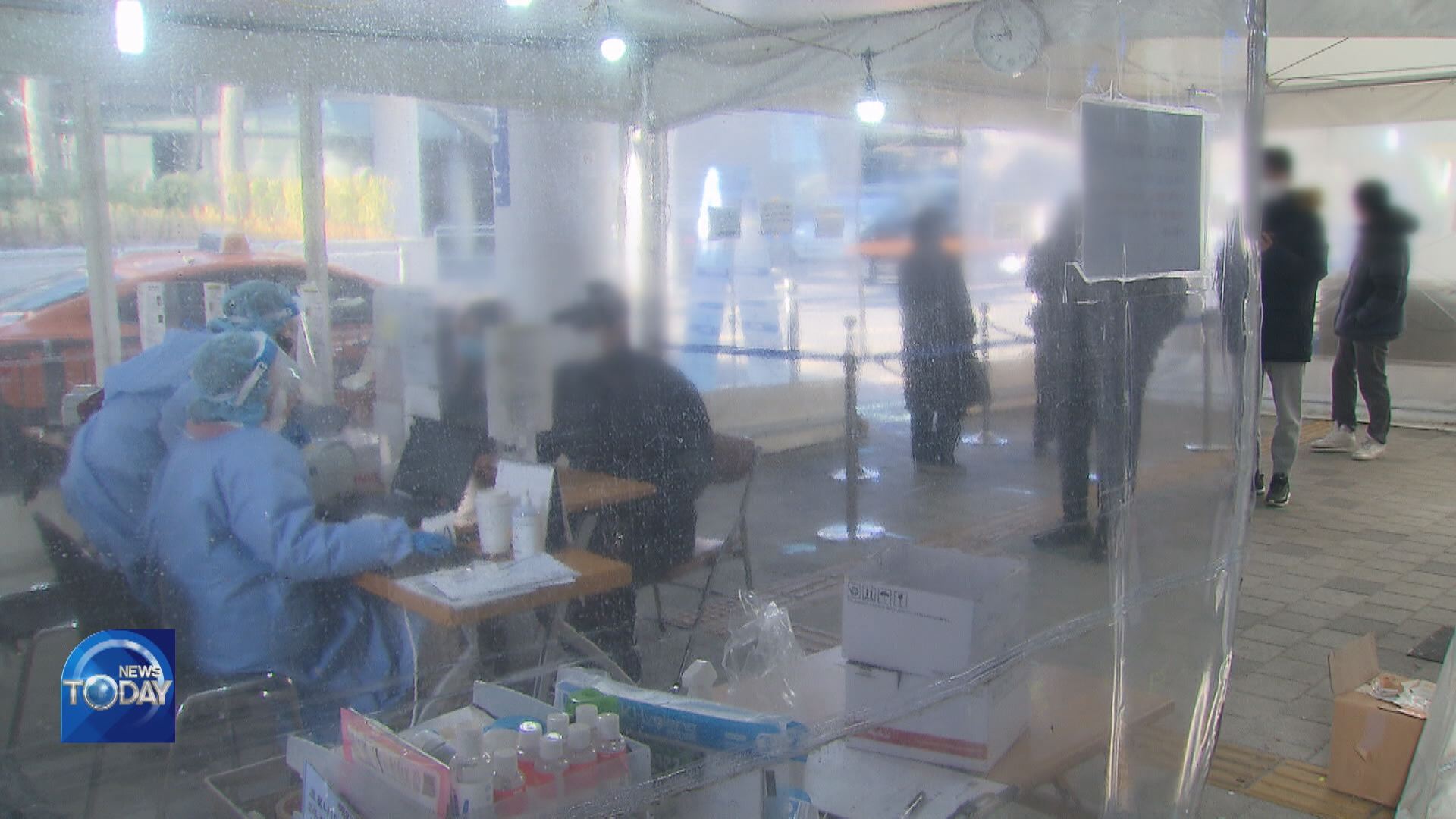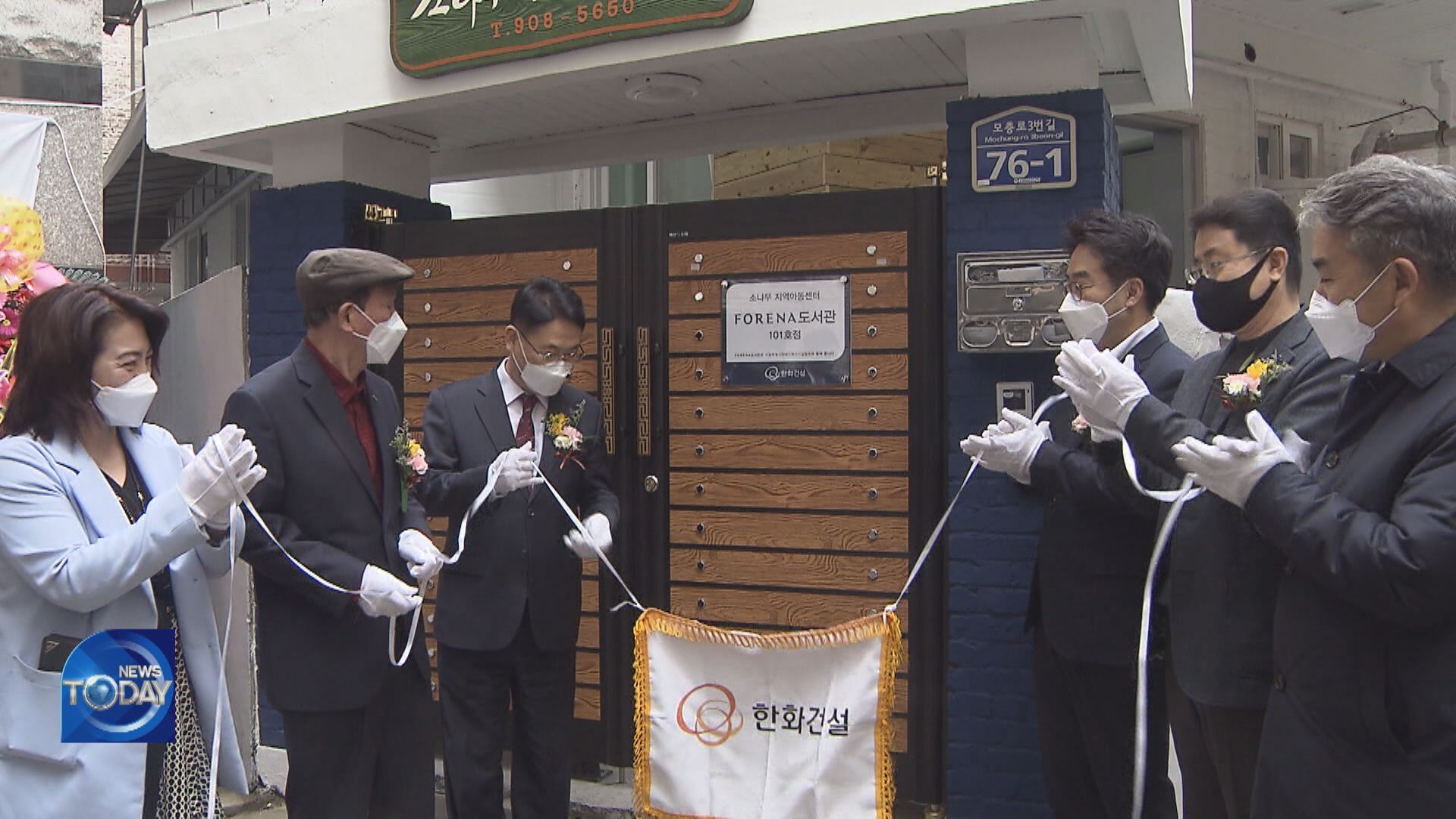PROGRESS IN ‘CARBON FREE JEJU’ PROJECT
입력 2022.03.21 (15:16)
수정 2022.03.21 (16:45)
읽어주기 기능은 크롬기반의
브라우저에서만 사용하실 수 있습니다.
[Anchor Lead]
It's been more than ten years since a project was launched to make Jeju Island carbon free by 2030. We take a look at how much progress the island has achieved.
[Pkg]
Dressed in a shirt printed with the phrase “tears of glaciers,” a man steps barefoot on blocks of ice. This is an event to promote a policy of making Jeju Island carbon free. Ten years have passed since the provincial government announced the island's plan to do away with fossil fuels. The key policy was to switch all cars running on the island into electric vehicles. However, there are just 25,000 EVs, accounting for just six percent of cars registered there.
[Soundbite] Prof. Kim Se-ho(Jeju Nat’l Univ.) : "Compared to other regions, there's not enough support for EV drivers in Jeju. At first, they encouraged the use of EVs quite actively, but the push has gradually lost steam."
Over the past decade, Jeju has boosted the proportion of renewable energy to 18.2 percent. However, it is now caught in a dilemma of oversupply. Last year, Jeju suspended the generation of renewable energy 60 times to control the output. The frequency is expected to increase by five fold in 2030.
[Soundbite] Yoon Hyung-seok(Jeju Prov. Gov’t) : "Output control is a phenomenon that inevitably occurs when we switch to renewable energy. In the long term, it is necessary to establish a system and infrastructure to promote the dispersal of energy."
In Jeju, greenhouse gas emissions has also gone up compared to a decade ago. These poor results are highlighting the need to review and revise the carbon-free island project.
It's been more than ten years since a project was launched to make Jeju Island carbon free by 2030. We take a look at how much progress the island has achieved.
[Pkg]
Dressed in a shirt printed with the phrase “tears of glaciers,” a man steps barefoot on blocks of ice. This is an event to promote a policy of making Jeju Island carbon free. Ten years have passed since the provincial government announced the island's plan to do away with fossil fuels. The key policy was to switch all cars running on the island into electric vehicles. However, there are just 25,000 EVs, accounting for just six percent of cars registered there.
[Soundbite] Prof. Kim Se-ho(Jeju Nat’l Univ.) : "Compared to other regions, there's not enough support for EV drivers in Jeju. At first, they encouraged the use of EVs quite actively, but the push has gradually lost steam."
Over the past decade, Jeju has boosted the proportion of renewable energy to 18.2 percent. However, it is now caught in a dilemma of oversupply. Last year, Jeju suspended the generation of renewable energy 60 times to control the output. The frequency is expected to increase by five fold in 2030.
[Soundbite] Yoon Hyung-seok(Jeju Prov. Gov’t) : "Output control is a phenomenon that inevitably occurs when we switch to renewable energy. In the long term, it is necessary to establish a system and infrastructure to promote the dispersal of energy."
In Jeju, greenhouse gas emissions has also gone up compared to a decade ago. These poor results are highlighting the need to review and revise the carbon-free island project.
■ 제보하기
▷ 카카오톡 : 'KBS제보' 검색, 채널 추가
▷ 전화 : 02-781-1234, 4444
▷ 이메일 : kbs1234@kbs.co.kr
▷ 유튜브, 네이버, 카카오에서도 KBS뉴스를 구독해주세요!
- PROGRESS IN ‘CARBON FREE JEJU’ PROJECT
-
- 입력 2022-03-21 15:16:42
- 수정2022-03-21 16:45:24

[Anchor Lead]
It's been more than ten years since a project was launched to make Jeju Island carbon free by 2030. We take a look at how much progress the island has achieved.
[Pkg]
Dressed in a shirt printed with the phrase “tears of glaciers,” a man steps barefoot on blocks of ice. This is an event to promote a policy of making Jeju Island carbon free. Ten years have passed since the provincial government announced the island's plan to do away with fossil fuels. The key policy was to switch all cars running on the island into electric vehicles. However, there are just 25,000 EVs, accounting for just six percent of cars registered there.
[Soundbite] Prof. Kim Se-ho(Jeju Nat’l Univ.) : "Compared to other regions, there's not enough support for EV drivers in Jeju. At first, they encouraged the use of EVs quite actively, but the push has gradually lost steam."
Over the past decade, Jeju has boosted the proportion of renewable energy to 18.2 percent. However, it is now caught in a dilemma of oversupply. Last year, Jeju suspended the generation of renewable energy 60 times to control the output. The frequency is expected to increase by five fold in 2030.
[Soundbite] Yoon Hyung-seok(Jeju Prov. Gov’t) : "Output control is a phenomenon that inevitably occurs when we switch to renewable energy. In the long term, it is necessary to establish a system and infrastructure to promote the dispersal of energy."
In Jeju, greenhouse gas emissions has also gone up compared to a decade ago. These poor results are highlighting the need to review and revise the carbon-free island project.
It's been more than ten years since a project was launched to make Jeju Island carbon free by 2030. We take a look at how much progress the island has achieved.
[Pkg]
Dressed in a shirt printed with the phrase “tears of glaciers,” a man steps barefoot on blocks of ice. This is an event to promote a policy of making Jeju Island carbon free. Ten years have passed since the provincial government announced the island's plan to do away with fossil fuels. The key policy was to switch all cars running on the island into electric vehicles. However, there are just 25,000 EVs, accounting for just six percent of cars registered there.
[Soundbite] Prof. Kim Se-ho(Jeju Nat’l Univ.) : "Compared to other regions, there's not enough support for EV drivers in Jeju. At first, they encouraged the use of EVs quite actively, but the push has gradually lost steam."
Over the past decade, Jeju has boosted the proportion of renewable energy to 18.2 percent. However, it is now caught in a dilemma of oversupply. Last year, Jeju suspended the generation of renewable energy 60 times to control the output. The frequency is expected to increase by five fold in 2030.
[Soundbite] Yoon Hyung-seok(Jeju Prov. Gov’t) : "Output control is a phenomenon that inevitably occurs when we switch to renewable energy. In the long term, it is necessary to establish a system and infrastructure to promote the dispersal of energy."
In Jeju, greenhouse gas emissions has also gone up compared to a decade ago. These poor results are highlighting the need to review and revise the carbon-free island project.
이 기사가 좋으셨다면
-
좋아요
0
-
응원해요
0
-
후속 원해요
0















![[단독] 윤석열 정부, ‘대통령실 공사비 미지급’ 피소](/data/news/2025/06/30/20250630_8MRvHk.png)

이 기사에 대한 의견을 남겨주세요.